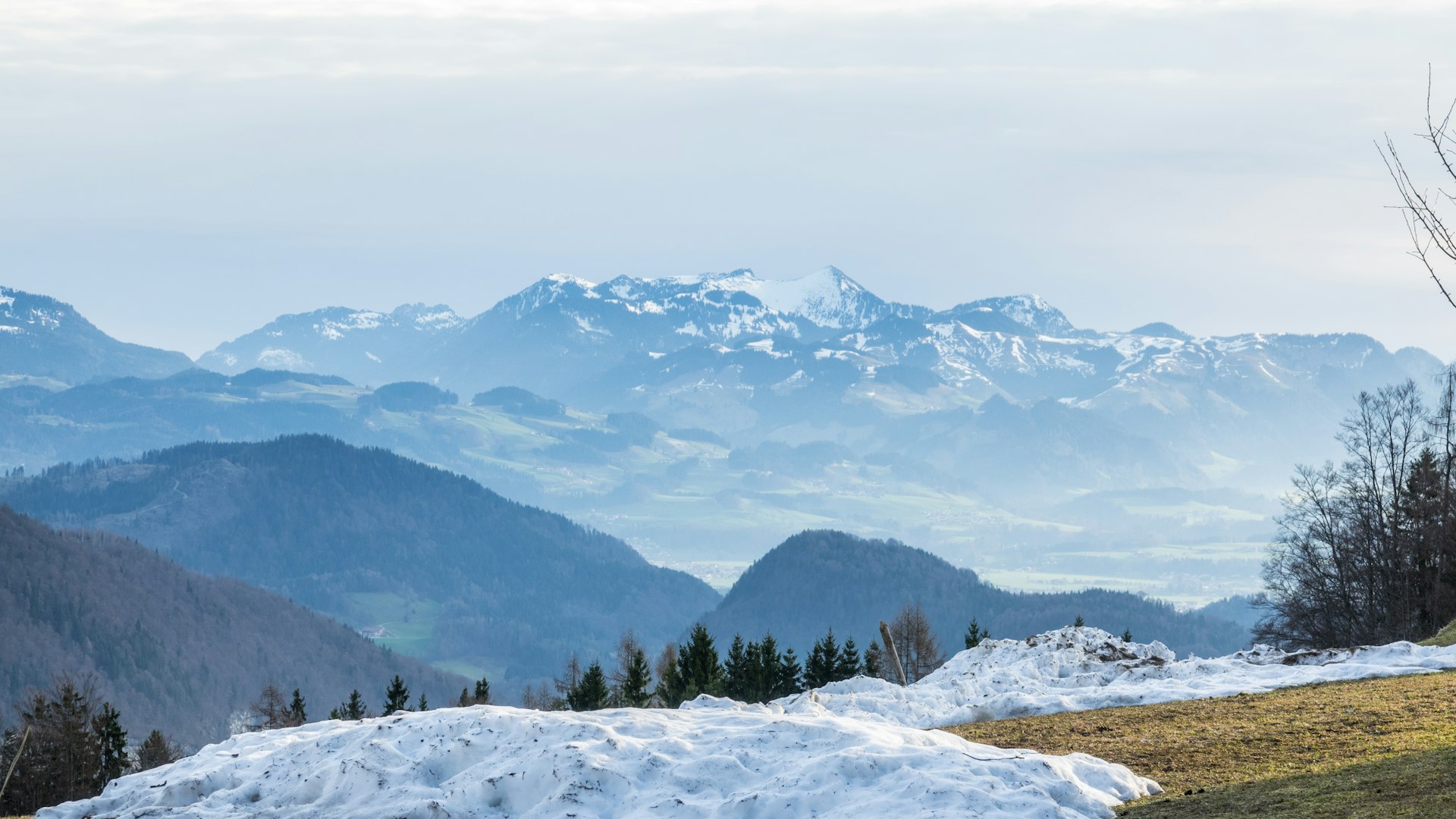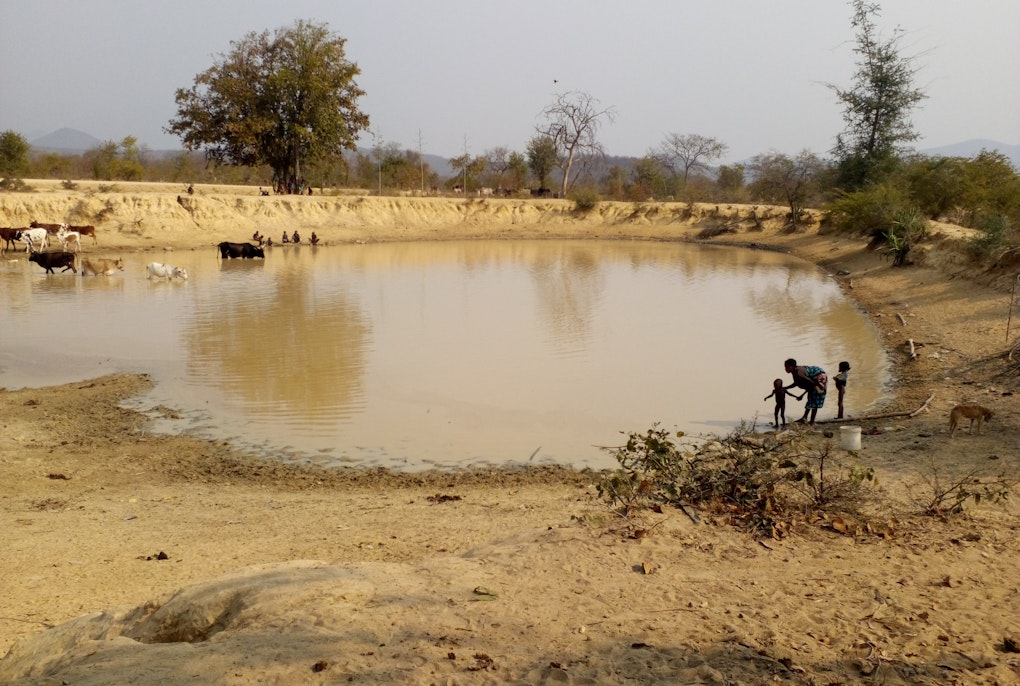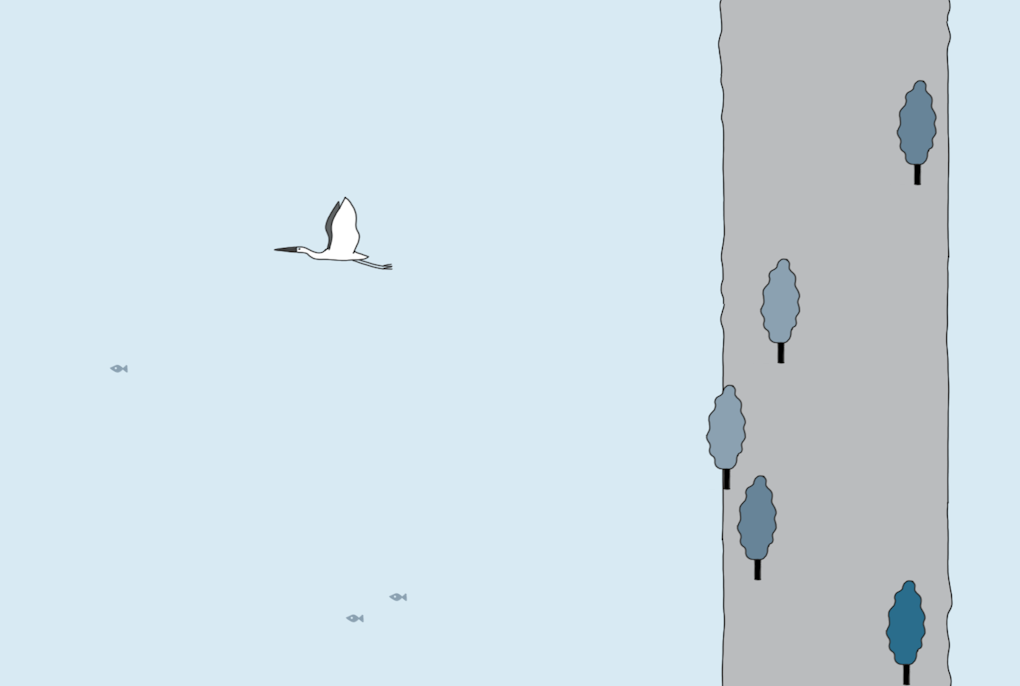magazine_ Article
Less of the white stuff
For the first time, an Alpine-wide study shows that snow cover has been declining since 1971
Over the last 50 years, below 2000m a.s.l, the snow season has decreased by an average of 22-34 days
Photo: Joachim Berninger | Adobe Stock | All rights reserved
Data collected from 800 monitoring stations clearly shows that there has been less snow in spring at all altitudes and in all regions over the last 50 years. The same is true below 2000 metres in winter too. On average the snow season has now decreased by 22-34 days.
In the densely populated Alps, there has long been a tradition of continuously measuring snow depth with records dating back to the end of the 19th century in some places. There are also many studies that have been using this data to describe long-term trends - but so far they have mostly been limited to individual regions, evaluating the observations usually of a few dozen to at times, a few hundred measuring stations at most. A comprehensive picture for the entire Alpine region, however, has been missing until now. The initiative was conceived by Institute for Earth Observation researchers Michael Matiu and Alice Crespi who recruited more than 30 scientists from every Alpine country for the project and who also coordinated the joint effort to collect and evaluate all available data according to a uniform method.
Above 200 metres, there are too few measuring stations to make reliable statements for the entire Alpine arc.
The study, published in the prestigious journal The Cryosphere, is based on the analysis of data collected by 2,000 monitoring stations in Italy, Austria, Slovenia, Germany, Switzerland and France, and provides a complete picture of snow distribution in the Alps. Of the 2000 stations, 800 cover the entire time span of the last 50 years: a robust basis for reliably describing snow trends up to an altitude of 2000 metres. At higher altitudes there are too few stations to extract reliable information. On the basis of this homogeneous data set, it is now possible to "analyse snow cover in the Alps quantitatively by showing the distribution of snow and what has changed over the past 50 years," explains Matiu. The distribution of snow, it turns out, accurately reflects the major climatic zones in the Alps, which means, for example, that there is around 20 to 30 per cent less snow in the south than in the north.
Not only is the snow unevenly distributed it's also not decreasing to the same extent everywhere. In the south, which already has less snow, for example in Italy and Slovenia, snow depths below 2000 metres have decreased significantly more in most months than in the north.
Regional trends differ considerably in some cases, as the study also shows. Longer-term changes, however, can be observed in a similar way in the entire Alpine region:the 1970s and 1980s were generally snowy, followed by a period of snow scarce winters in the late 1980s and early 1990s. Since then, although snow depths have increased again to some extent, they have not reached the level of the 1970s. And everywhere, there is less snow in spring, as Crespi points out: "While in winter there is a wide range of variation in trends depending on location and altitude, even with isolated increases in snow at higher altitudes, in spring, almost all the stations recorded decreases".
The reduction is a direct consequence of climate change
Below 2,000 metres, the snow season decreased by 22-34 days during the last 50 years and snow on the ground tends to appear later in winter and disappear earlier as spring approaches. This is a direct result of climate change, as Matiu explains: 'In this study we did not look explicitly at the formal attribution, but it is clear that snow melts earlier and faster due to higher temperatures and that precipitation occurs as rain rather than snow'. For climatological studies, this comprehensive and unified data collection is an especially valuable tool. The authors are making it available to the entire research community and hope that it can be enriched through future studies.
The article "Observed snow depth trends in the European Alps: 1971 to 2019" was published in the journal The Cryosphere.
This project was funded by the EU's Horizon 2020 research and innovation programme, under the Marie Skłodowska-Curie grant agreement No 795310.









